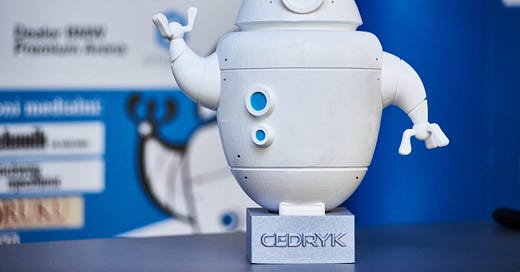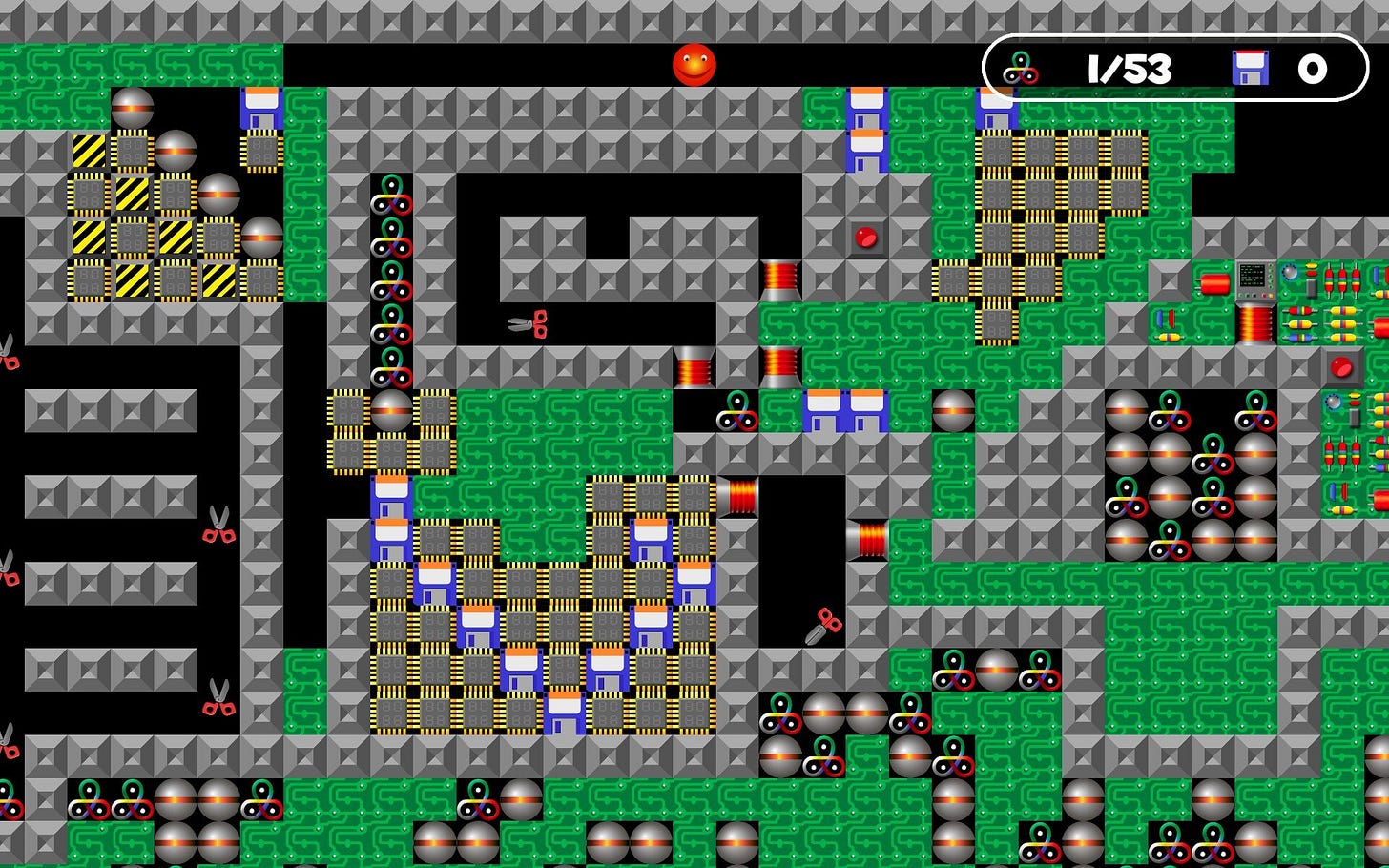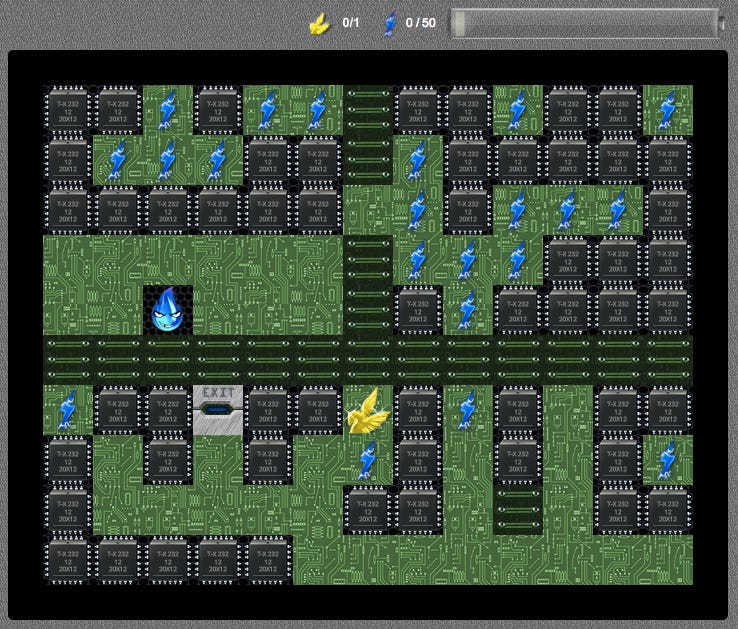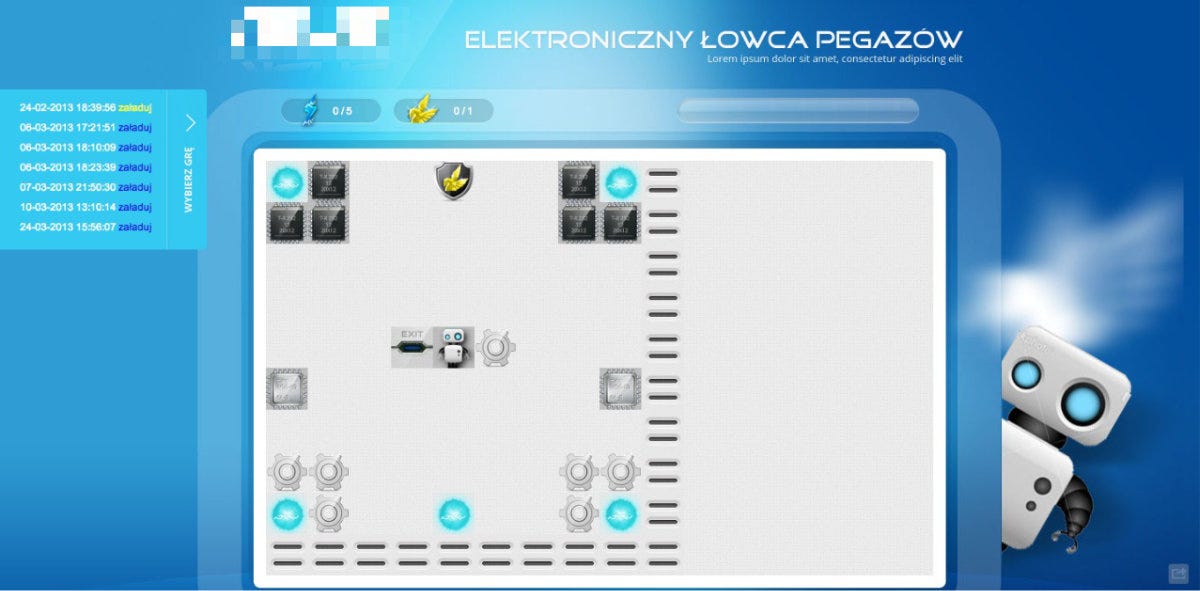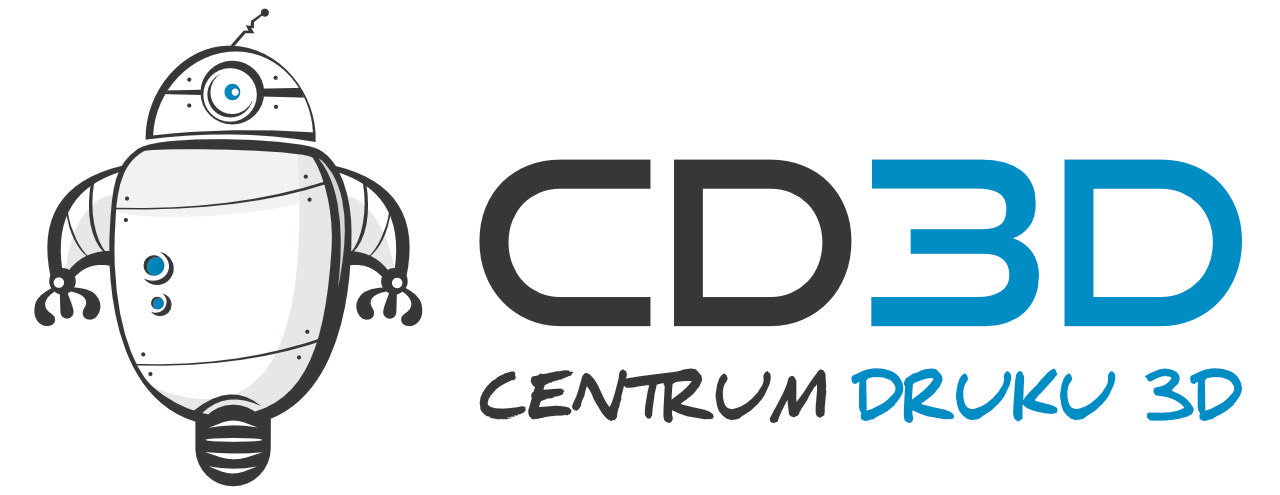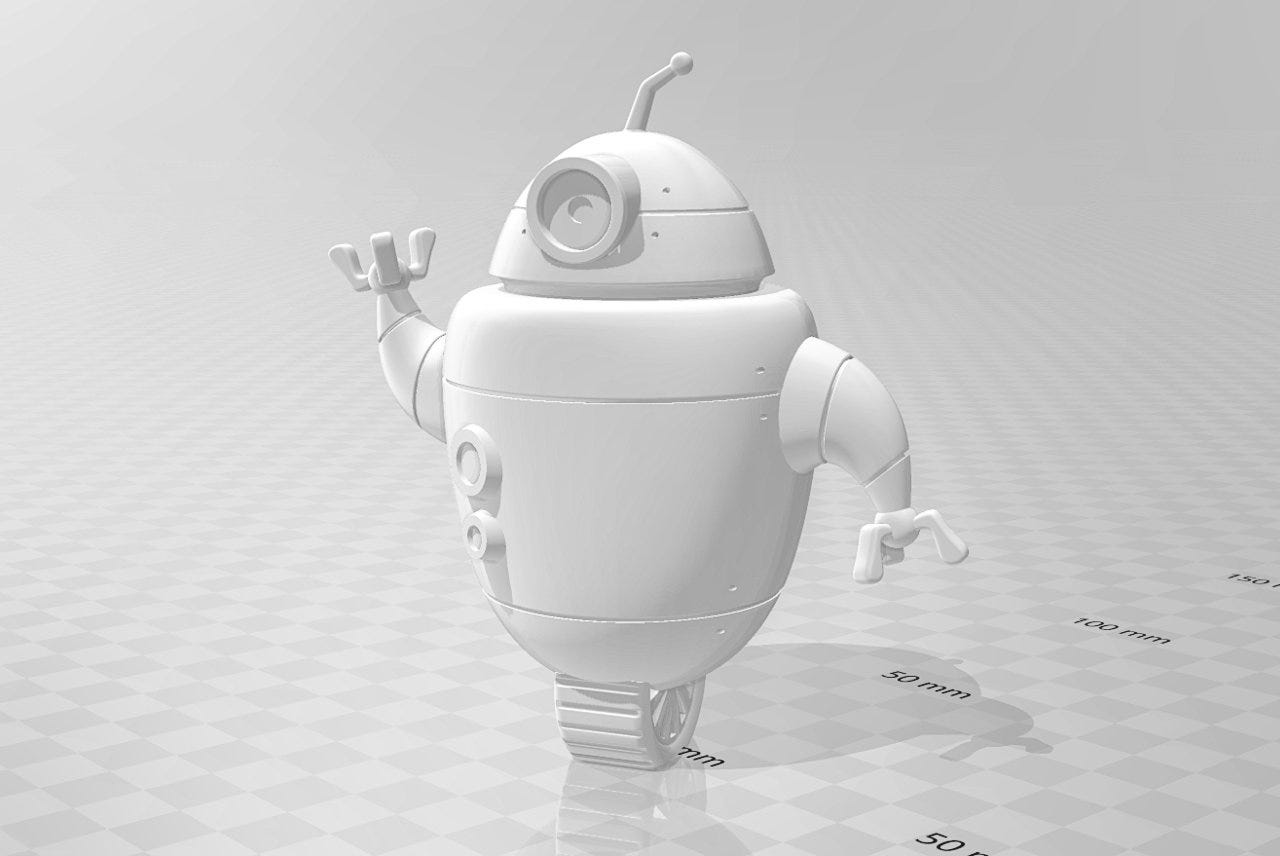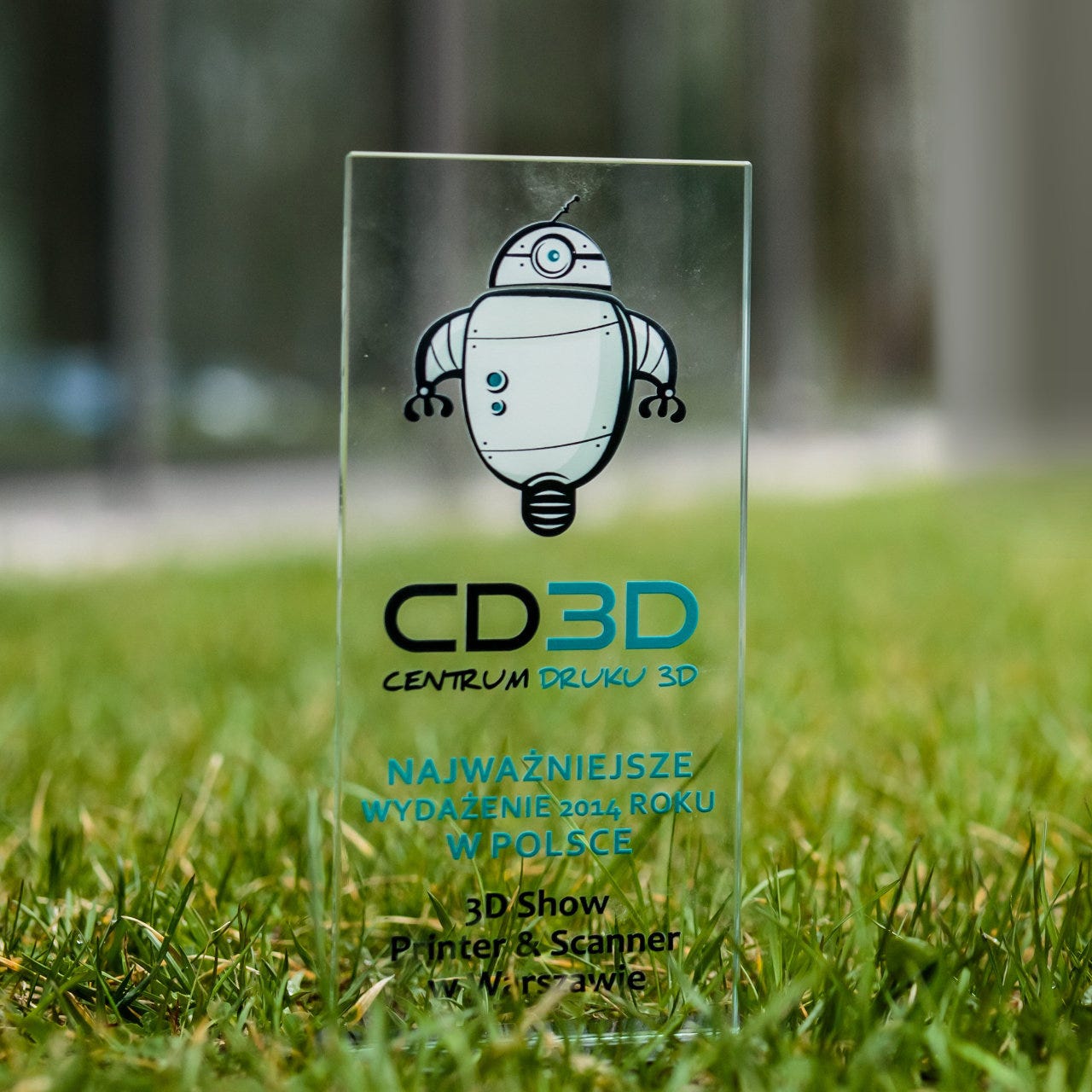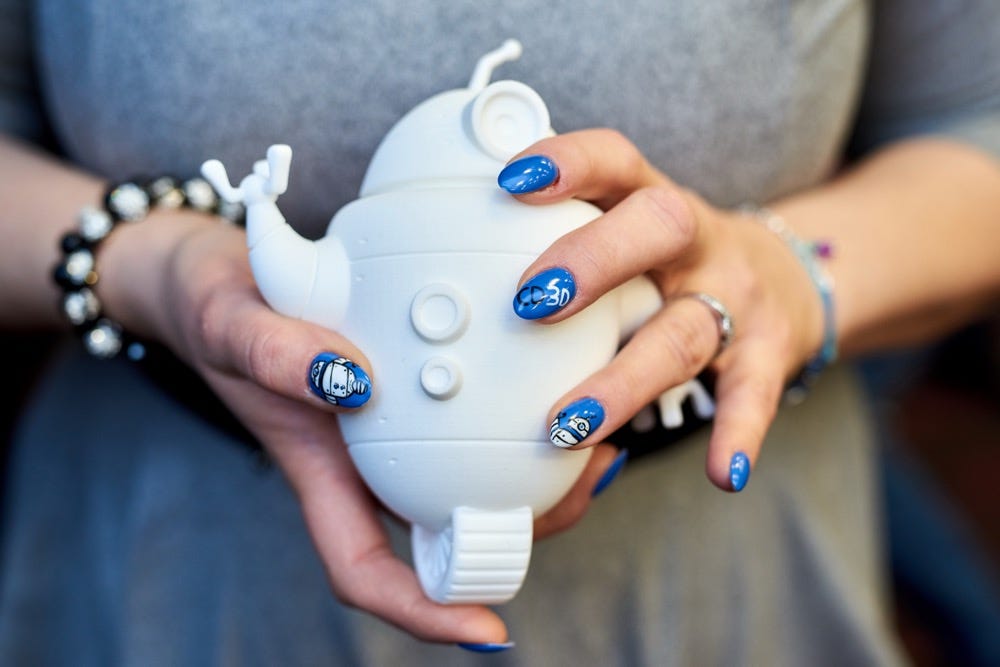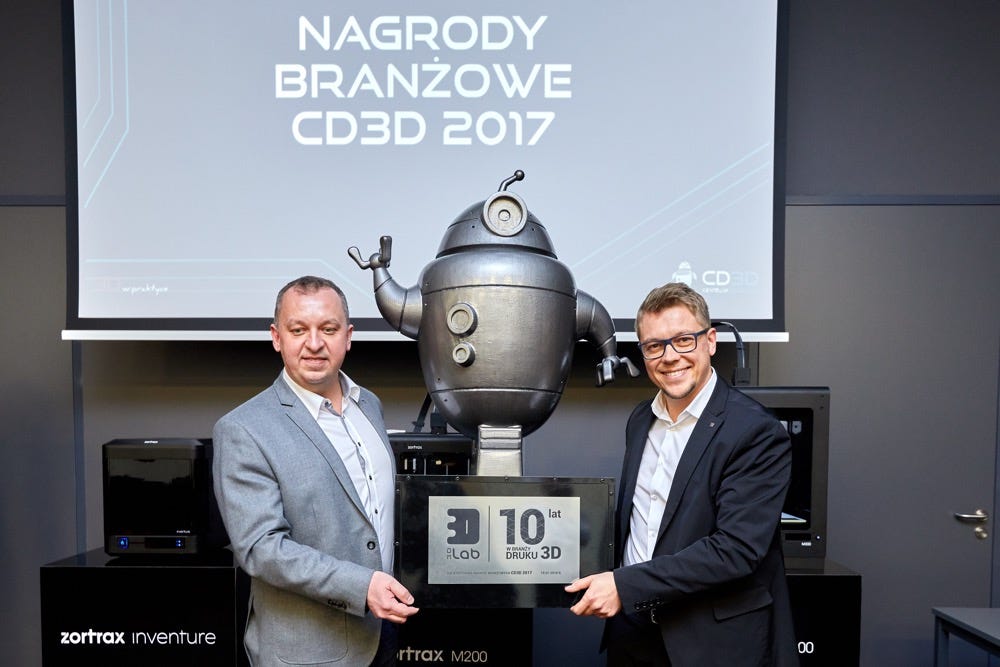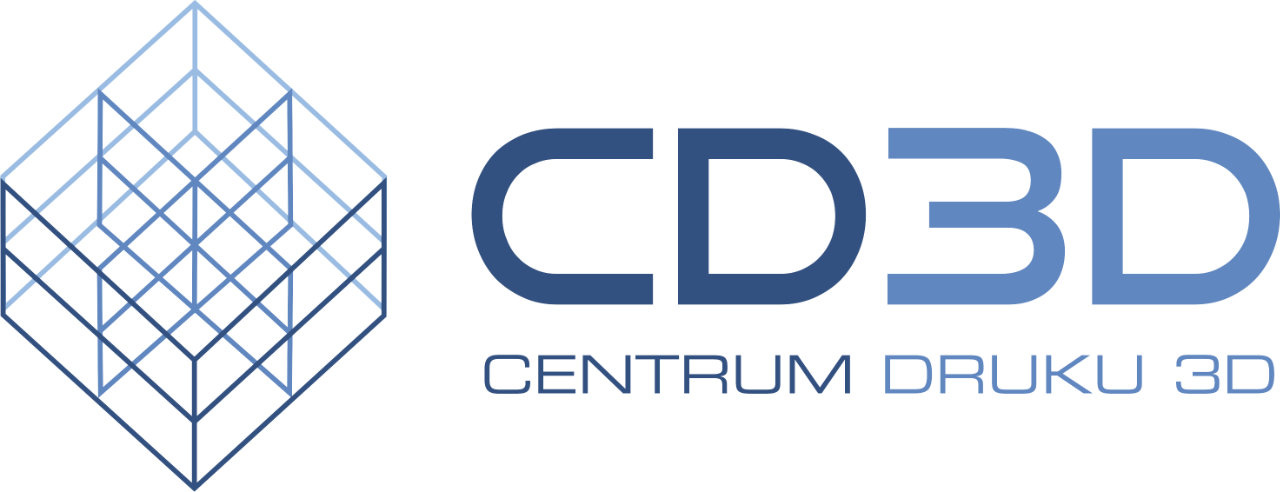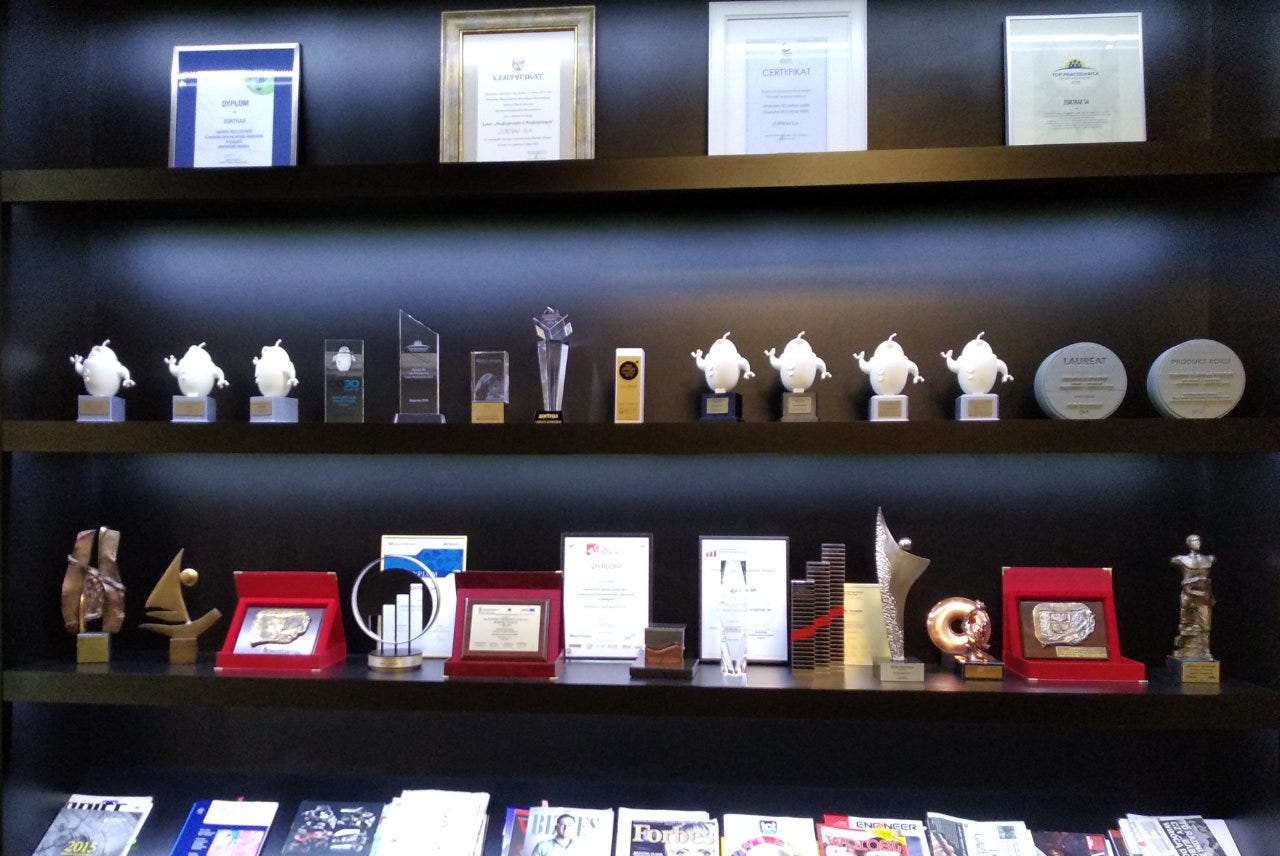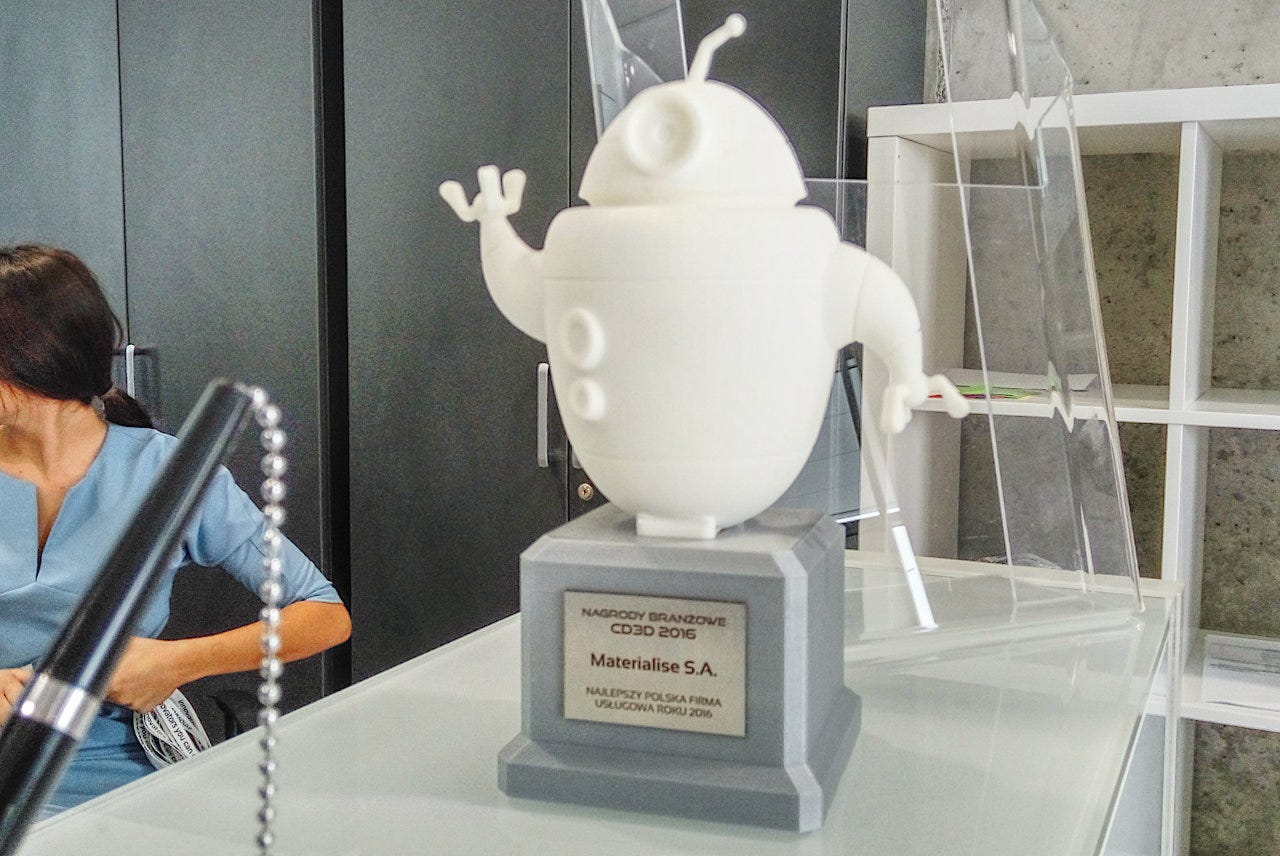Back in the day, many young AM companies had their own robot. Ultimaker had one, 3D Hubs had one, and we had one too at Centrum Druku 3D (The 3D Printing Center).
For the first two and a half years, it was just a nameless element of our logo (I’ll explain why it was there in the first place in a moment). It wasn’t until 2015 that it received a name — Cedric. The name was a nod to our company name and also the abbreviation of our portal — CD3D.
Cedric played a significant role in the development of the Polish 3D printing industry. It was a symbol of Centrum Druku 3D web portal, and Centrum Druku 3D was one of the architects of the industry. But it was also the grand prize in the Polish 3D Printing Industry Awards — the first awards in the world recognizing the best companies, 3D printers, and personalities of the year.
Four years ago, on August 31, 2020, we said goodbye to him.
This was just after the first wave of the COVID-19 pandemic, shortly after the lockdowns. Our company was undergoing a necessary transformation to adapt to the new times. Cedric became a casualty of those changes.
In a way, he became another victim of the pandemic.
Here’s his story…
Why the robot?
In 2012, I was still working at Venti — a leading interactive agency in my city, Łódź. Łódź is one of the three largest cities in Poland, so you could say that the company I worked for was significant.
We definitely served some very important clients. I’m not going to brag — if anyone is curious, you can check my LinkedIn — but they were strong brands.
Nevertheless, in 2012 — nearly 10 years into my career in serious business — I felt the need to do something different. Something of my own.
My first idea was browser games. I don’t know if you remember, but back then, Zynga and its flagship game FarmVille were all the rage. Although Zynga was on the brink of collapse in 2012, at the time, it was one of the hottest startups in the world.
So I wanted to be like Zynga. And my FarmVille was supposed to be a game with a robot.
You probably won’t know this. One of the most popular games in the 1980s was Boulder Dash. You controlled a miner who dug up diamonds and had to watch out for falling and deadly boulders.
I never played it because in the 1980s I was a small child, Poland was at the tail end of communism, and there was poverty, so we didn’t have a computer.
But in the 1990s, when communism ended, there was still poverty, but I was older and had a computer (first an Amiga 500, then a PC). And on that computer, I played Supaplex — a clone of Boulder Dash.
Supaplex was a red ball, resembling Pac-Man, that collected “infotrons” (electricity?) inside a computer and had to avoid boulders, exploding floppy disks, and chasing scissors.
It sounds absurd, but the game itself was great. Very logical and challenging.
In 2012, I decided to create my own version of Supaplex, but in a browser-based version.
I invited Aneta — the Art Director at Venti — and Łukasz — one of the best programmers — to collaborate.
Together we created it. It even had its own level editor.
It was a classic MVP (even though I didn’t know what that meant back then?). It worked but still needed refinement.
Nevertheless, I tried to sell it. Thanks to my contacts, I even talked to the Polish branch of one of the largest IT players in the world.
But without success. In December 2012, after several months of work and fruitless discussions, I suspended the project. Łukasz benefited from it in that when he showed the game to a large IT company, he immediately got a job there.
At the end of 2012, the first, very loud story about Cody Wilson and his “3D printed gun” appeared in the media. Although the idea of 3D printed weapons seemed unserious to me from the start, this information inspired me to delve into additive manufacturing technology.
A few days later — in January 2013 — I started the blog: Centrum Druku 3D. Soon it became one of the pillars of emerging industry. And the rest is history…
Oh, at some point, I needed a logo. Aneta prepared this version for me…
It just so happened that in a set of robots she once bought, this one was included. I liked the design, and it stuck. Only a few months later did I find out that other companies in the 3D printing industry were also using robots. So no, it wasn’t a copy…
Cedric — Evolutions
For the first two years, Cedric was bulky — square-shaped. But he had one drawback — he wasn’t entirely ours. He was a design created by someone else that we had purchased. We had copyright over him, but not exclusively.
When Centrum Druku 3D became a truly serious platform and the undisputed leader of the Polish 3D printing industry in the media sector, I decided it was time to create something of our own.
This time, Konrad — another graphic designer at Venti — took on the task. In January 2015, Konrad created the iconic logo that stayed with us for the next five years.
It has become one of the most recognizable brands in the Polish 3D printing industry.
In mid-2015, when we had already become the company CD3D, Adela joined us. A designer, 3D printer operator, editor — and the first employee of the new company.
Adela decided to transform the flat, comic-style drawing into a 3D model. It wasn’t easy. Previously, several other companies had tried to do the same with the original robot. Zortrax did it quite well.
But Adela’s design was perfect.
I mean, it was terrible for 3D printing in FDM/FFF or SLA technologies due to the need for numerous supports, but it came out perfectly in powder-based technologies.
The Name and the Polish 3D Printing Industry Awards
At the end of 2014, we organized our first competition — the CD3D Industry Awards. We invited representatives from all the major companies in the industry — we gathered nearly a hundred people — and asked them to vote for the best companies, 3D printers, people, and events of the year. For the first edition, we announced the winners in January 2015 on our website, and presented the awards in March during the 3D Printing Days fair in Kielce.
The grand prize at that time was a classic, glass statuette. Nothing extraordinary. But we didn’t have the 3D model yet.
When Adela created it, we knew that at the next edition of the competition, we would be presenting robots.
But the word “robot” was so ordinary. It’s like calling the Oscars just “figurines”.
In 2015, we organized a contest to name our robot. Unfortunately, all the names submitted were really poor. And as we were discussing in the editorial office what to choose towards the end of the contest, Adela simply suggested, “How about Cedric?” And that’s how it stayed…
For all subsequent galas, the Cedrics were printed using SLS technology (from 2016 to 2018) and MJF (2019). The production was handled by companies: Materialise, Technology Applied, SondaSys, and Integart, respectively.
The statuettes were awarded during formal galas that we organized at our headquarters — in the conference rooms of the Łódź Bionanopark.
In 2018, 3D Lab received a special, Grand Cedric as they celebrated their 10th anniversary.
Farewell to Cedric
At the beginning of 2020, the pandemic hit. We didn’t organize the competition anymore because no one was in the right mindset for it. During the pandemic, we changed our headquarters, and due to economic circumstances, we also started to transform our business.
The portal temporarily became a store for 3D printers and filaments, as well as a 3D printing service company. Those were the tough times…
The comic-style robot no longer fit the new convention. First, we closed him in a dark-blue square:
But then we realized that the days of the cheerful robot on wheels were gone forever, and it was time for a new — serious and “grown-up” version of Centrum Druku 3D.
This is how the version with the “diamond” was born. First, it was blue…
And then, to mark our 10th anniversary, it turned gold:
The gold version remained.
On August 31, 2020, Cedric finally rode off into the sunset…
In February 2024, after 11 years of running it, I sold the Centrum Druku 3D web portal to a group of Polish investors.
The Legacy
For a long time, I didn’t fully realize how important my Cedric awards were to Polish companies.
That was until I visited the Zortrax headquarters, where right at the entrance, there was a display case with awards, and one shelf was reserved just for our statuettes.
When I attended the official opening of Materialise’s factory in Poland, they had also prominently displayed our awards at the reception.
At trade shows, the winners of our awards would showcase roll-ups or advertising walls with photos of the Cedric awards they had won.
But the real surprise came when I received an email from one of the largest filament manufacturers, and in the email signature, there were photos of two statuettes they had won in our competition, labeled “Best Polish Filament Manufacturer of the Year…”
Our statuettes were a confirmation and guarantee of quality.


